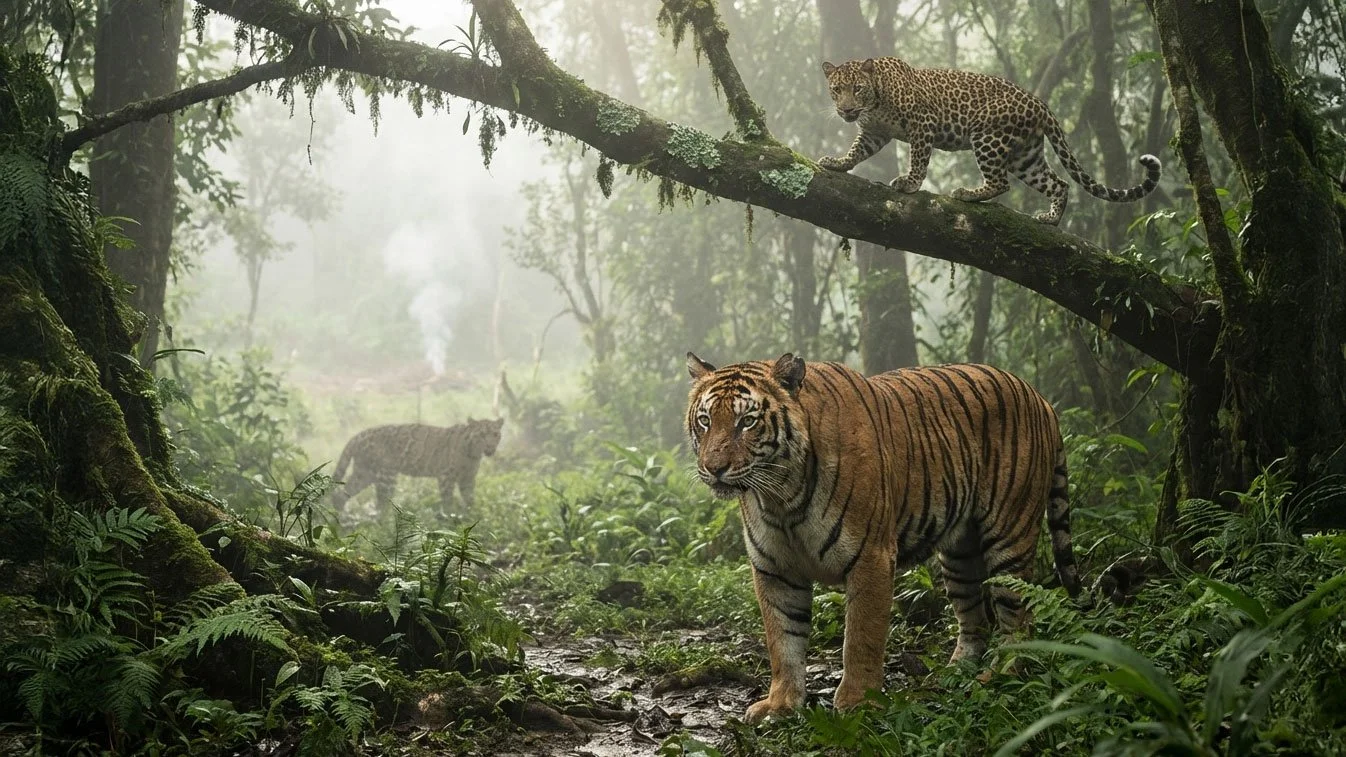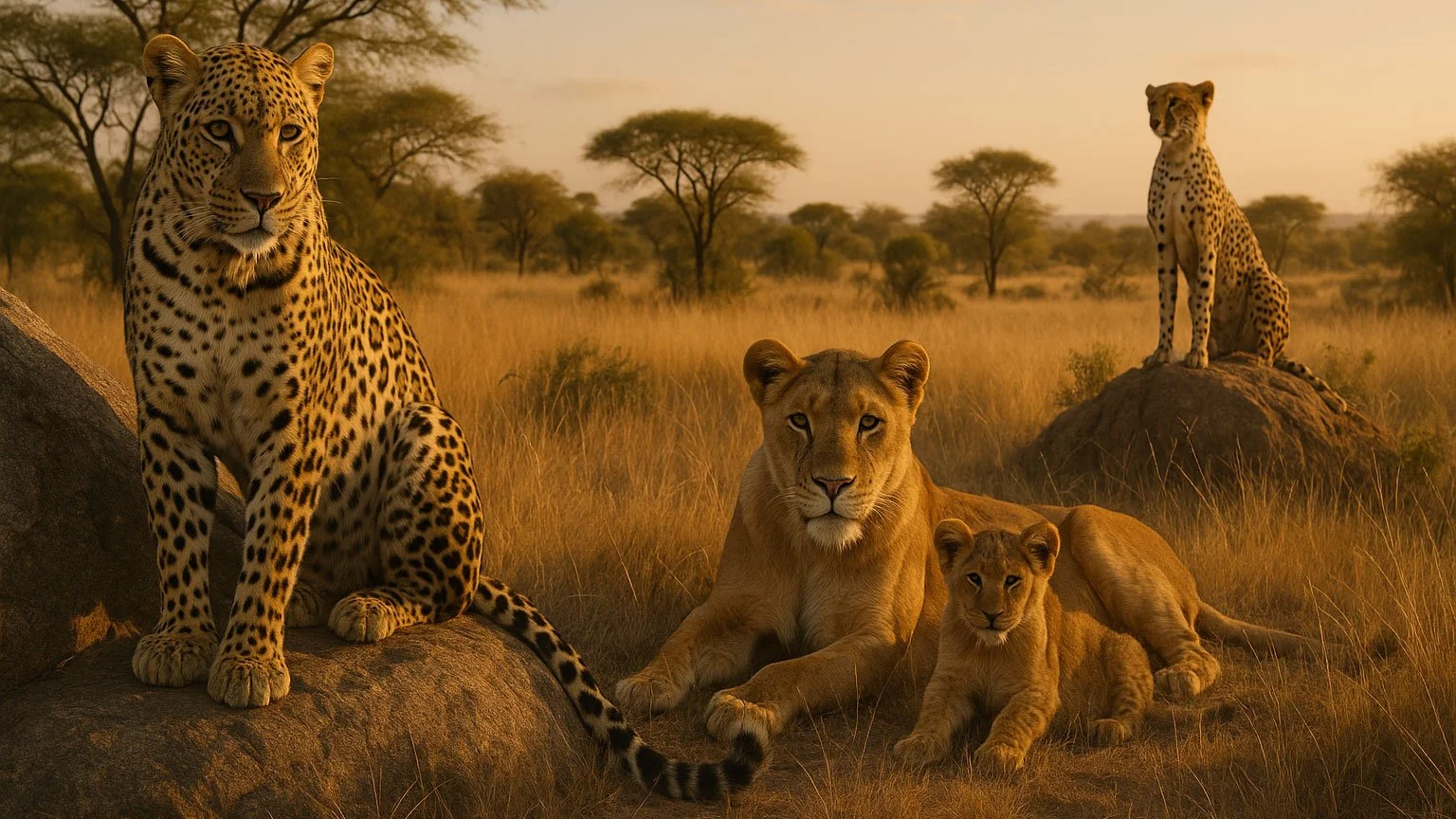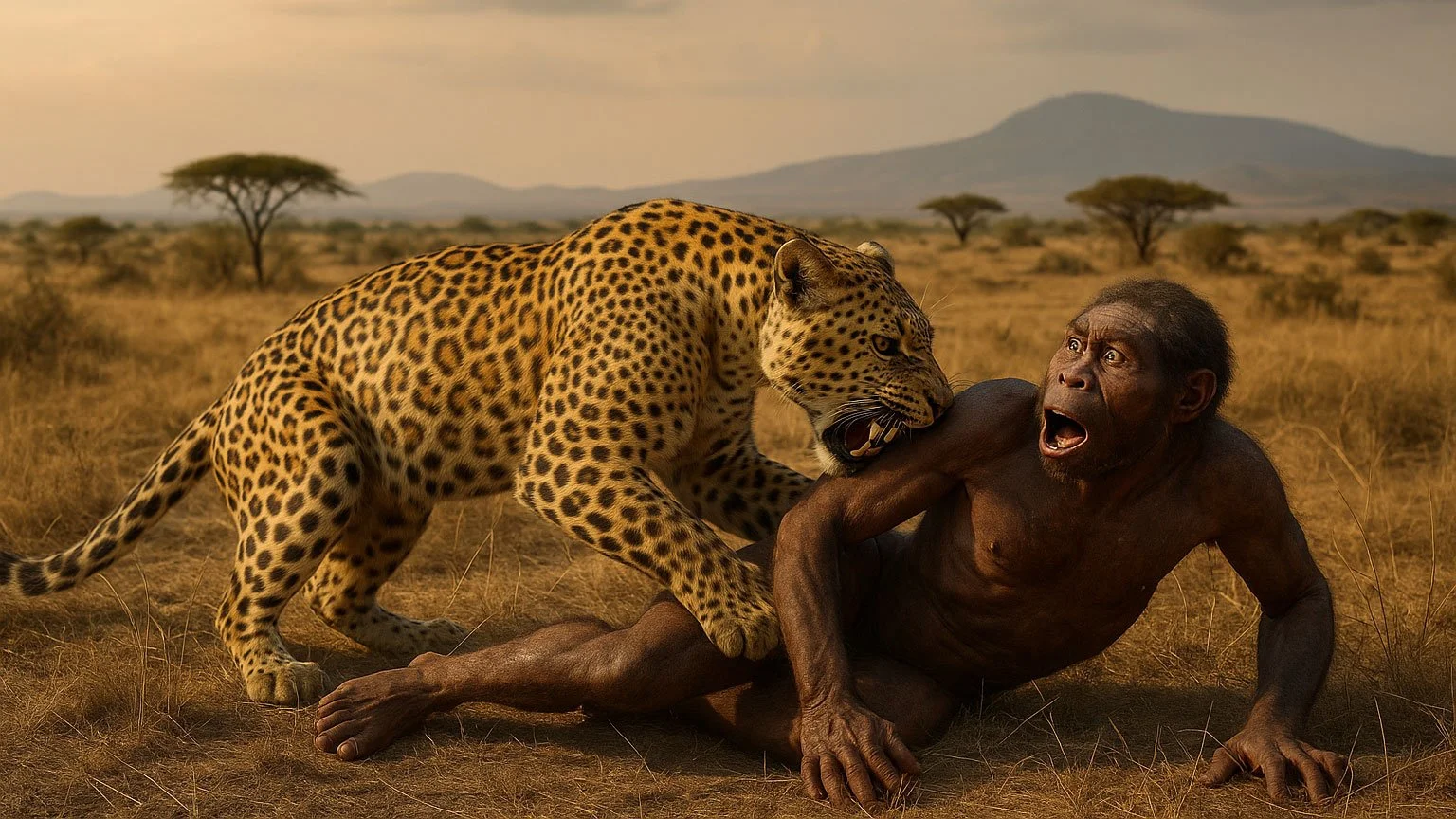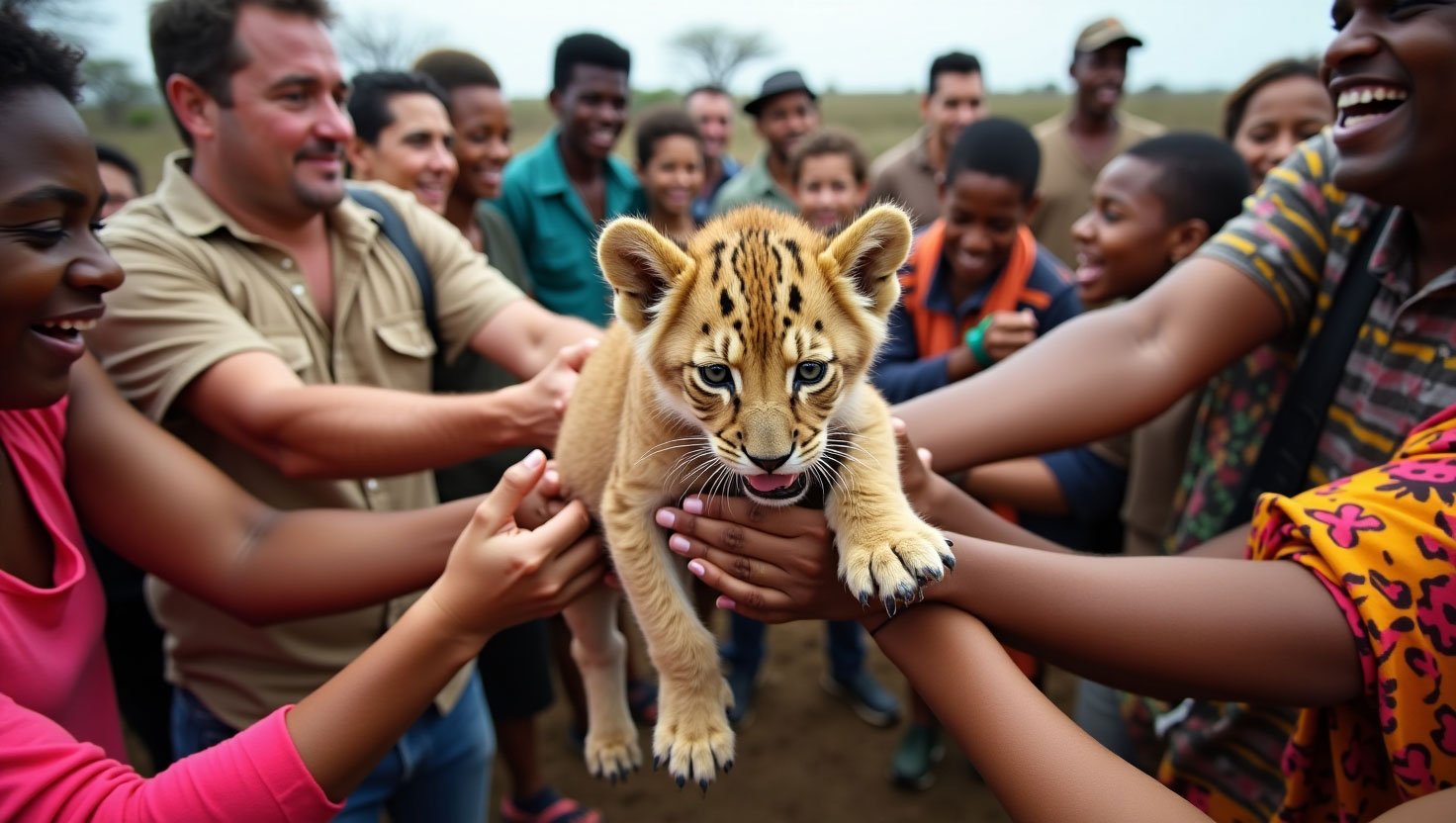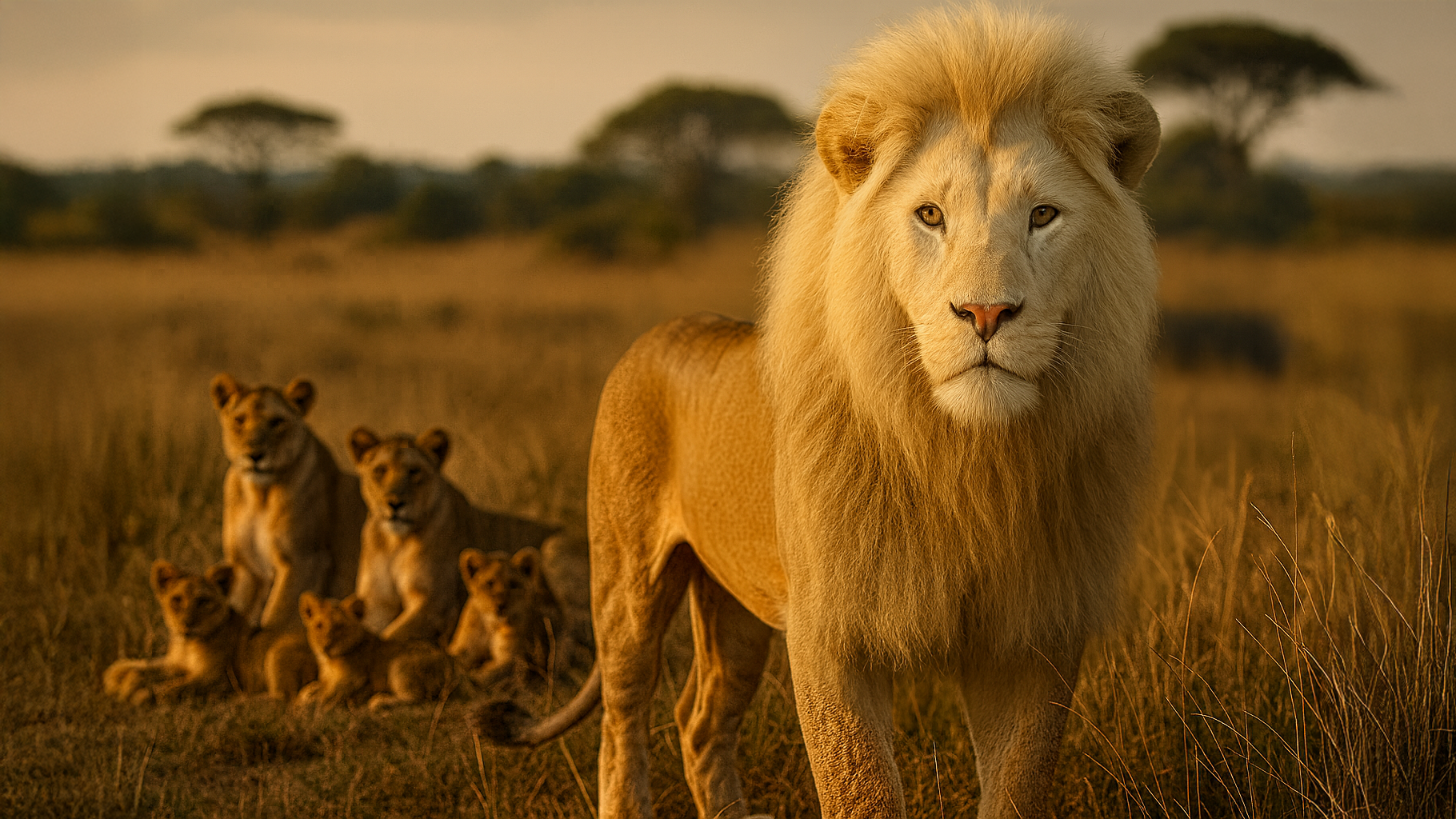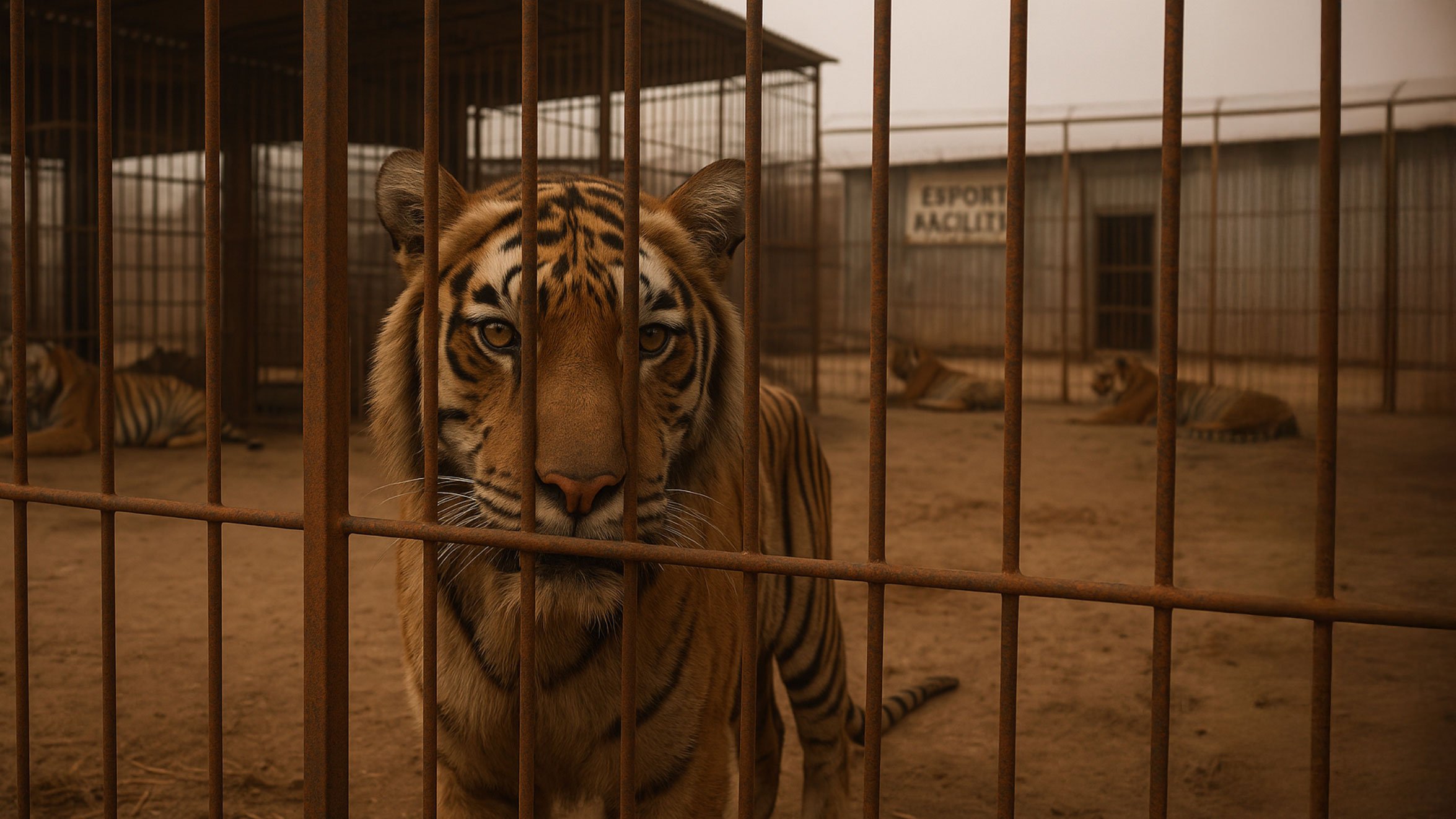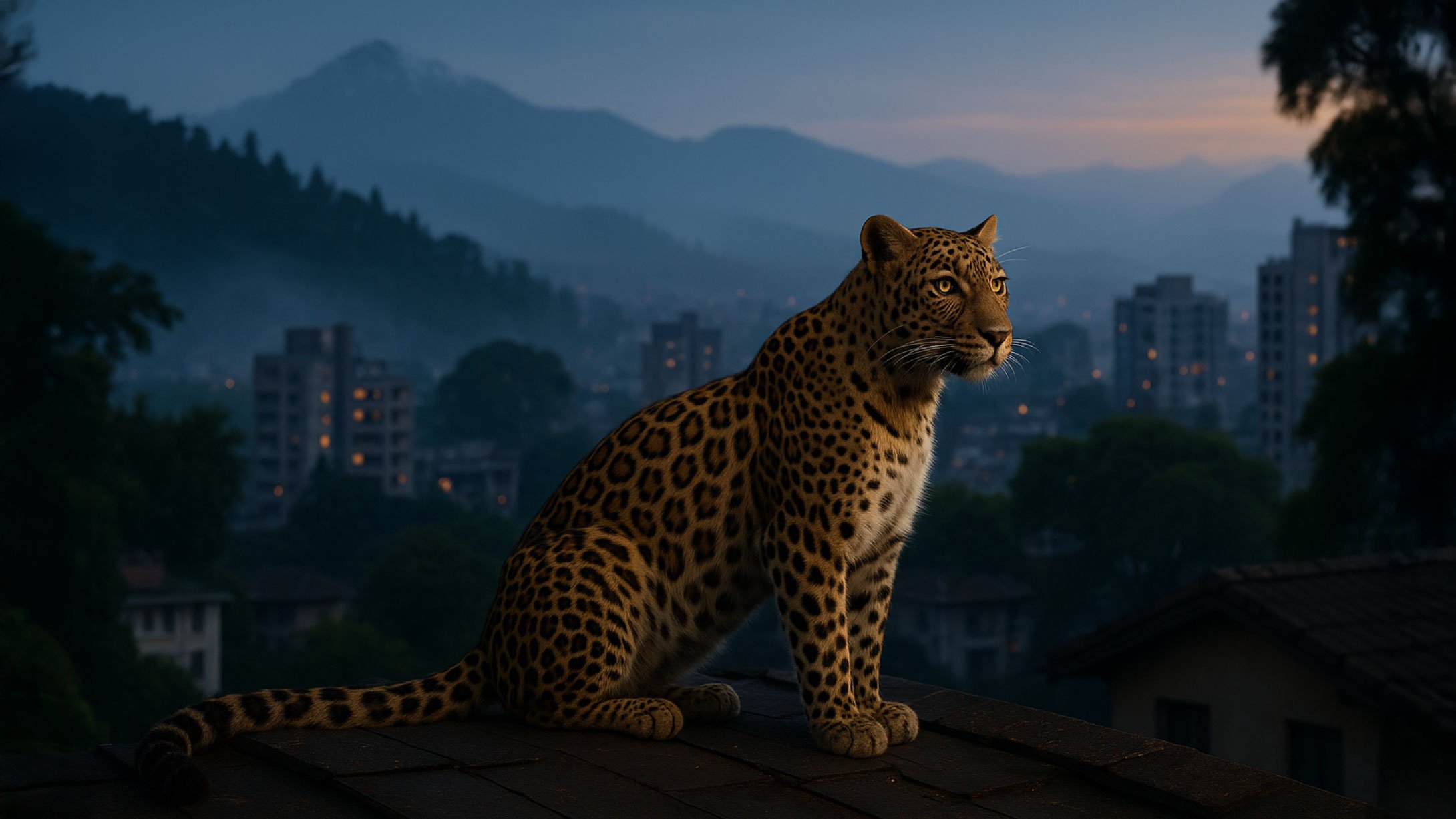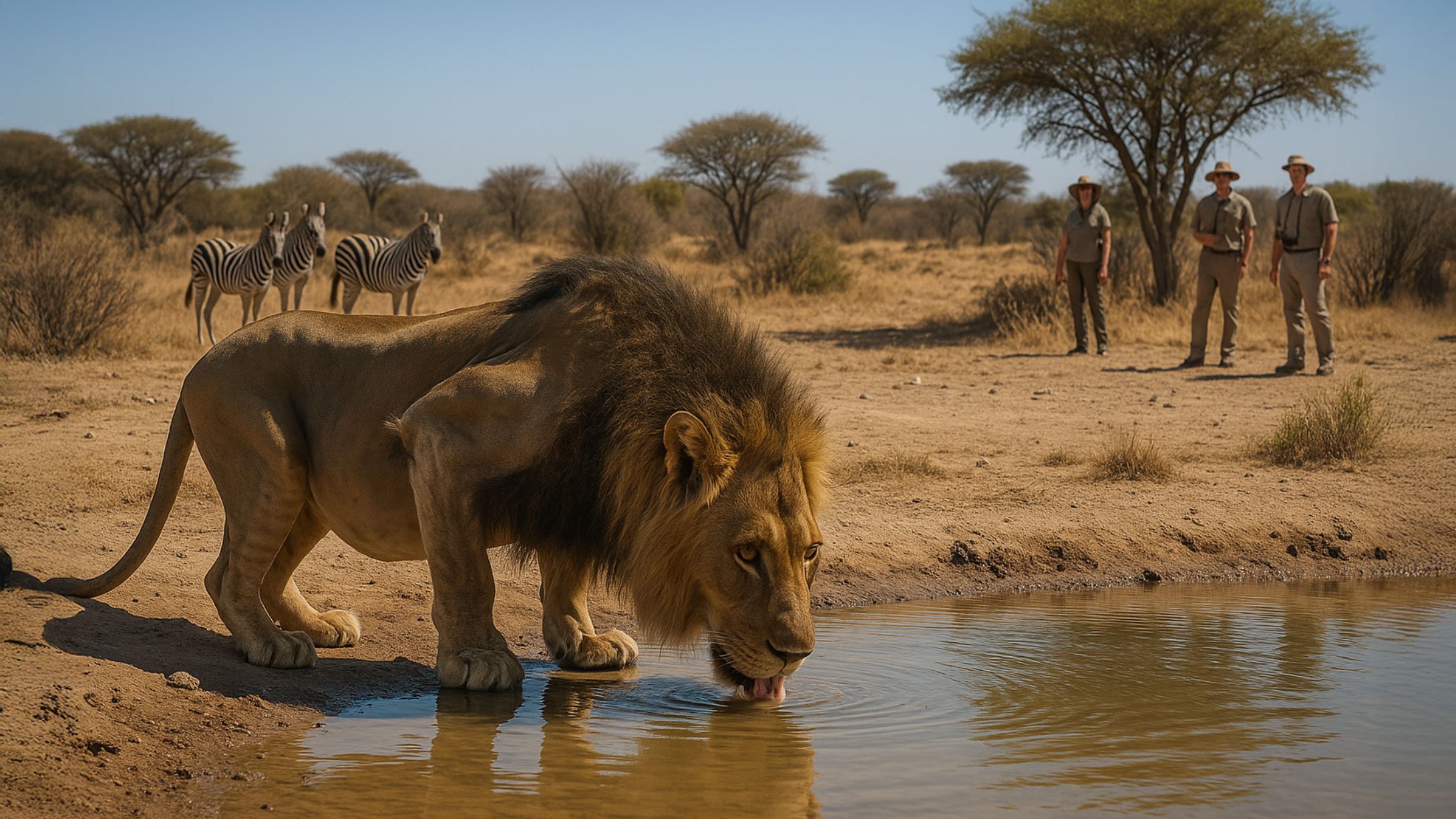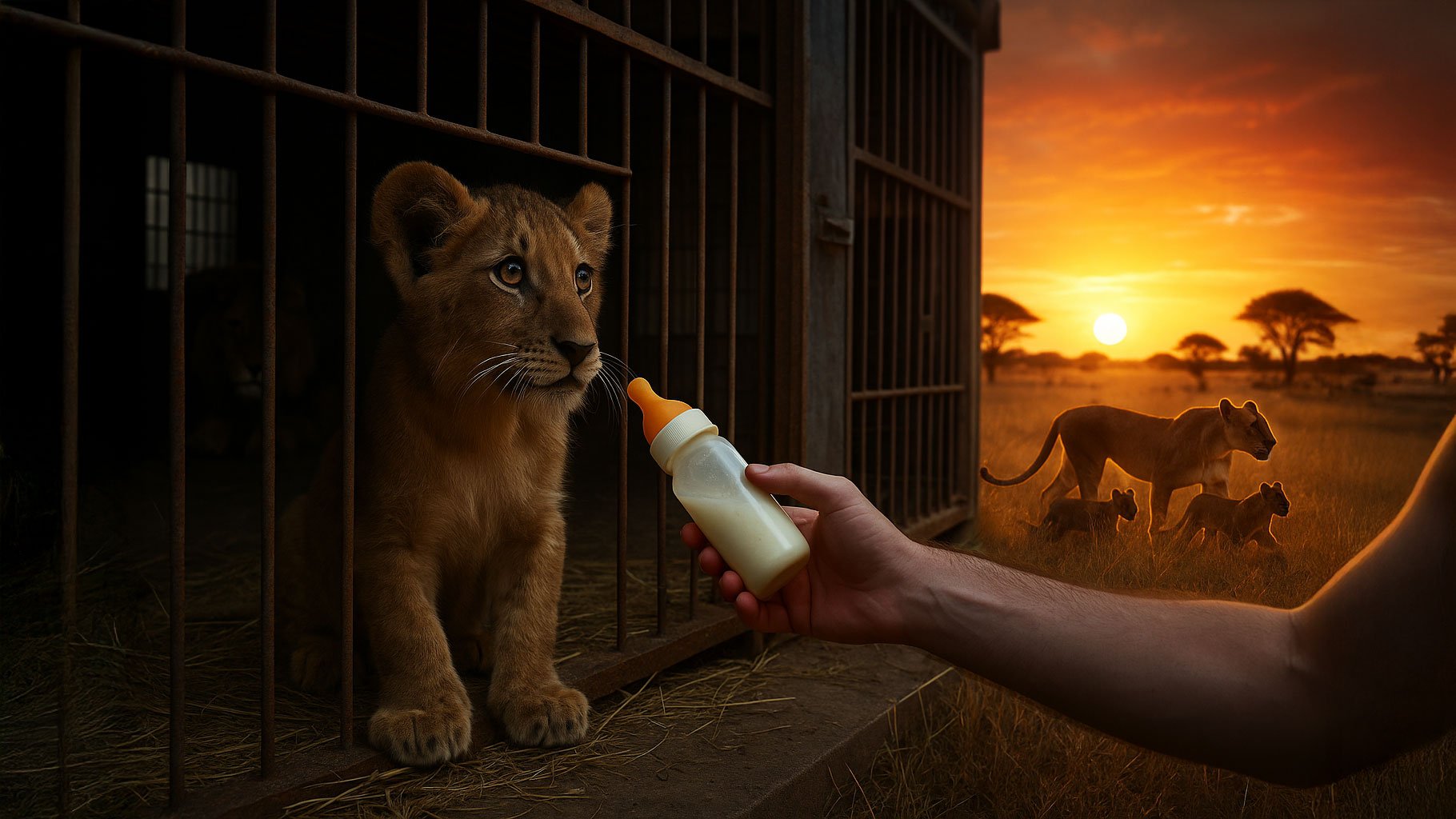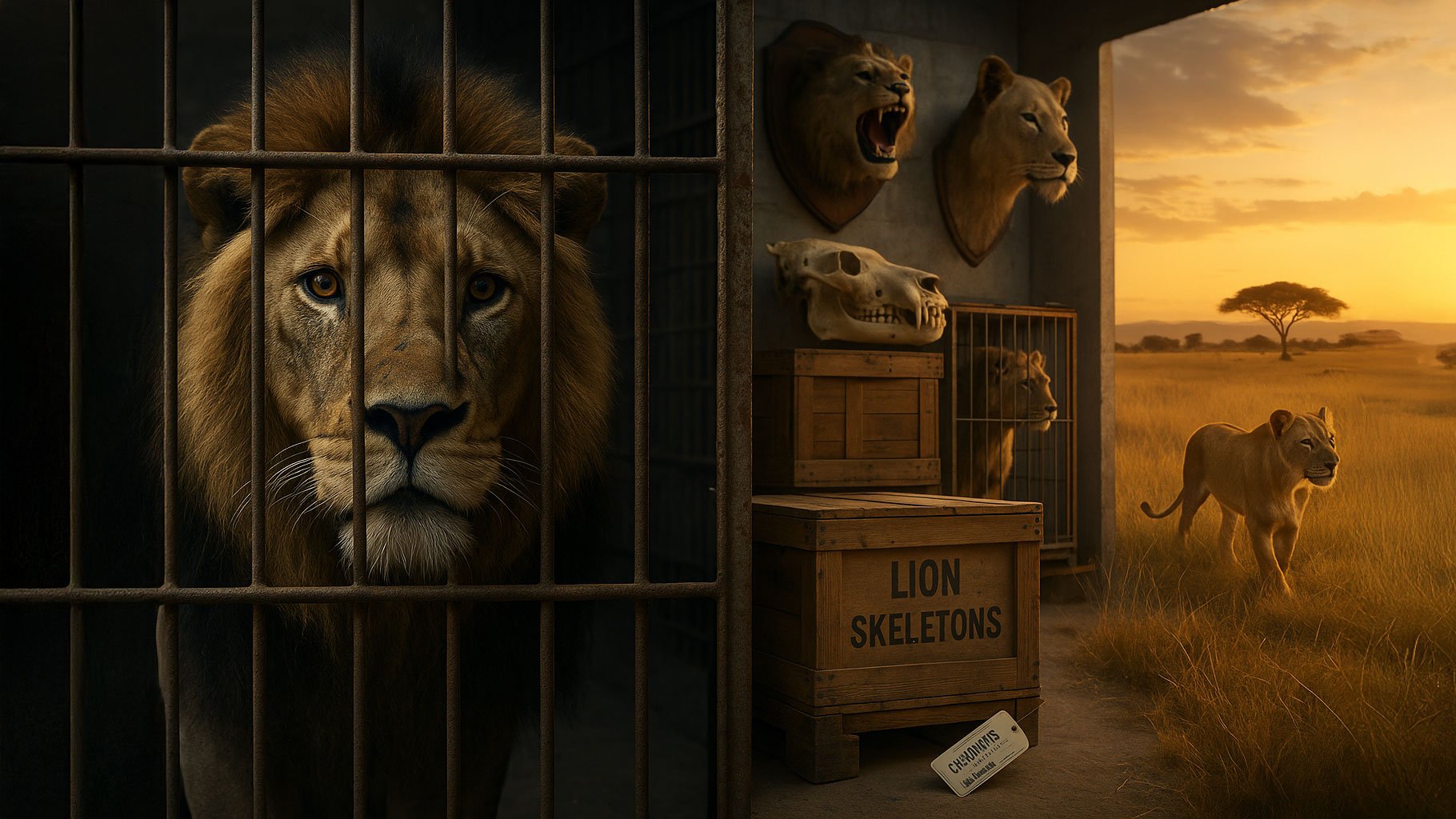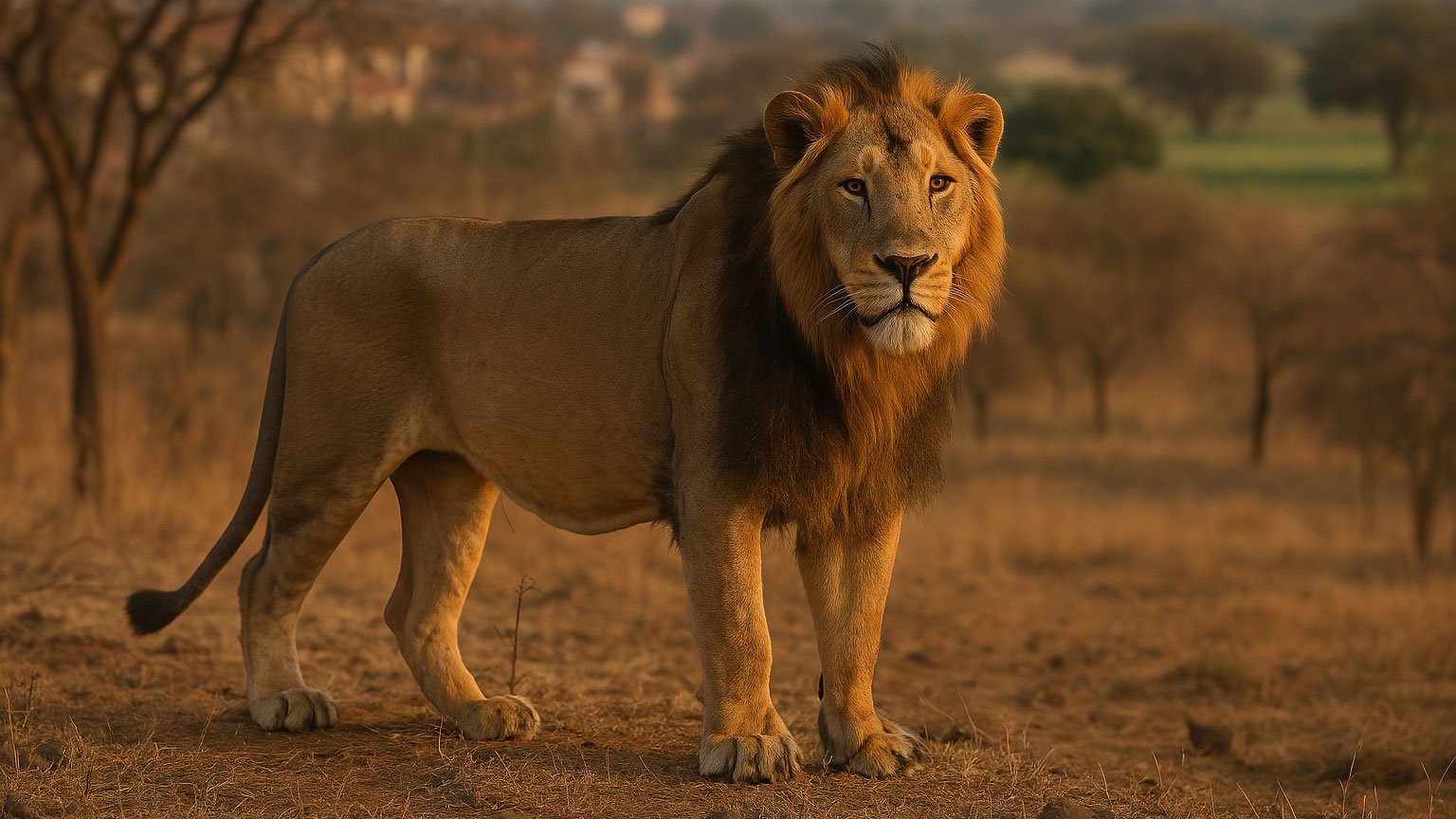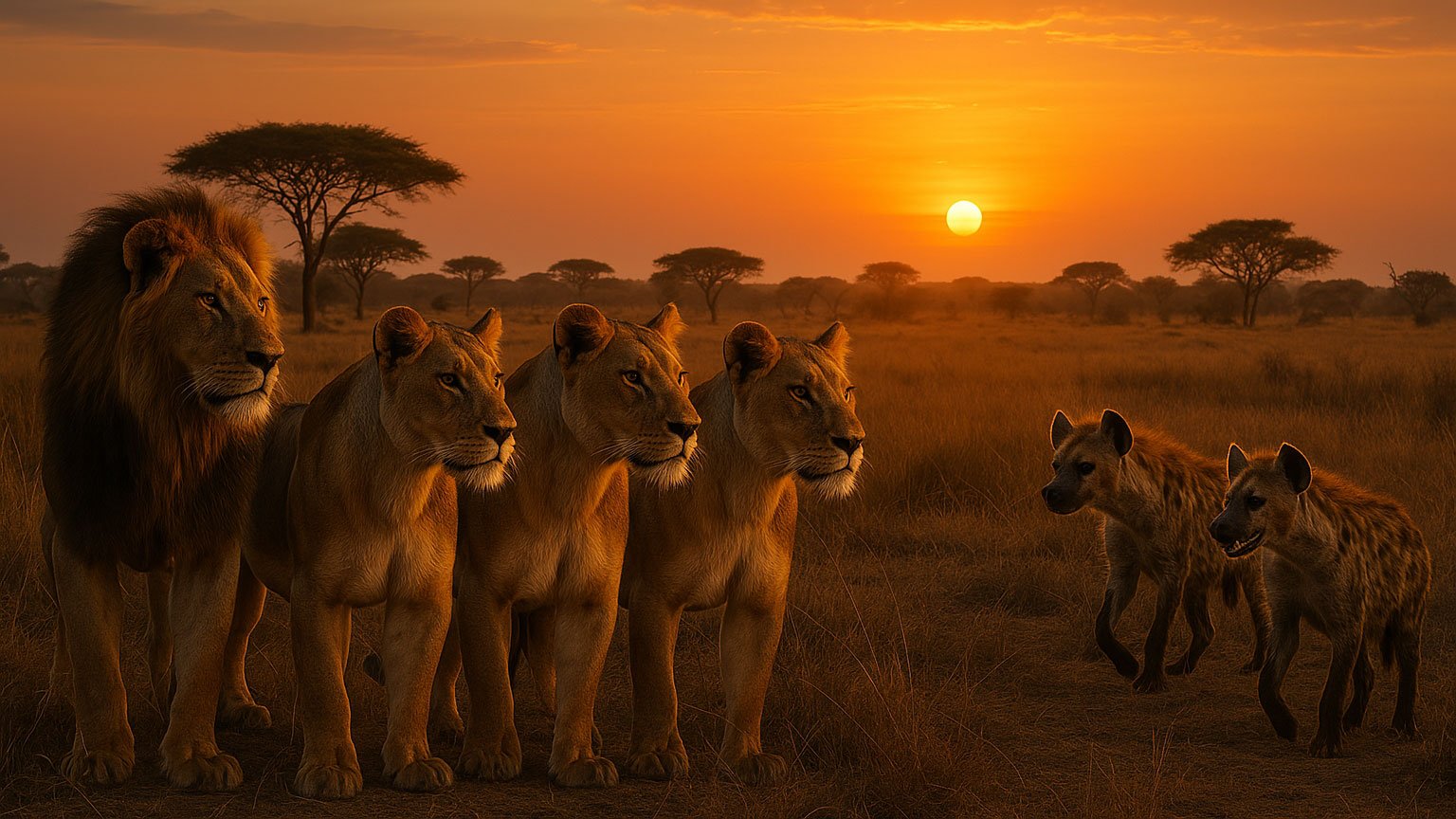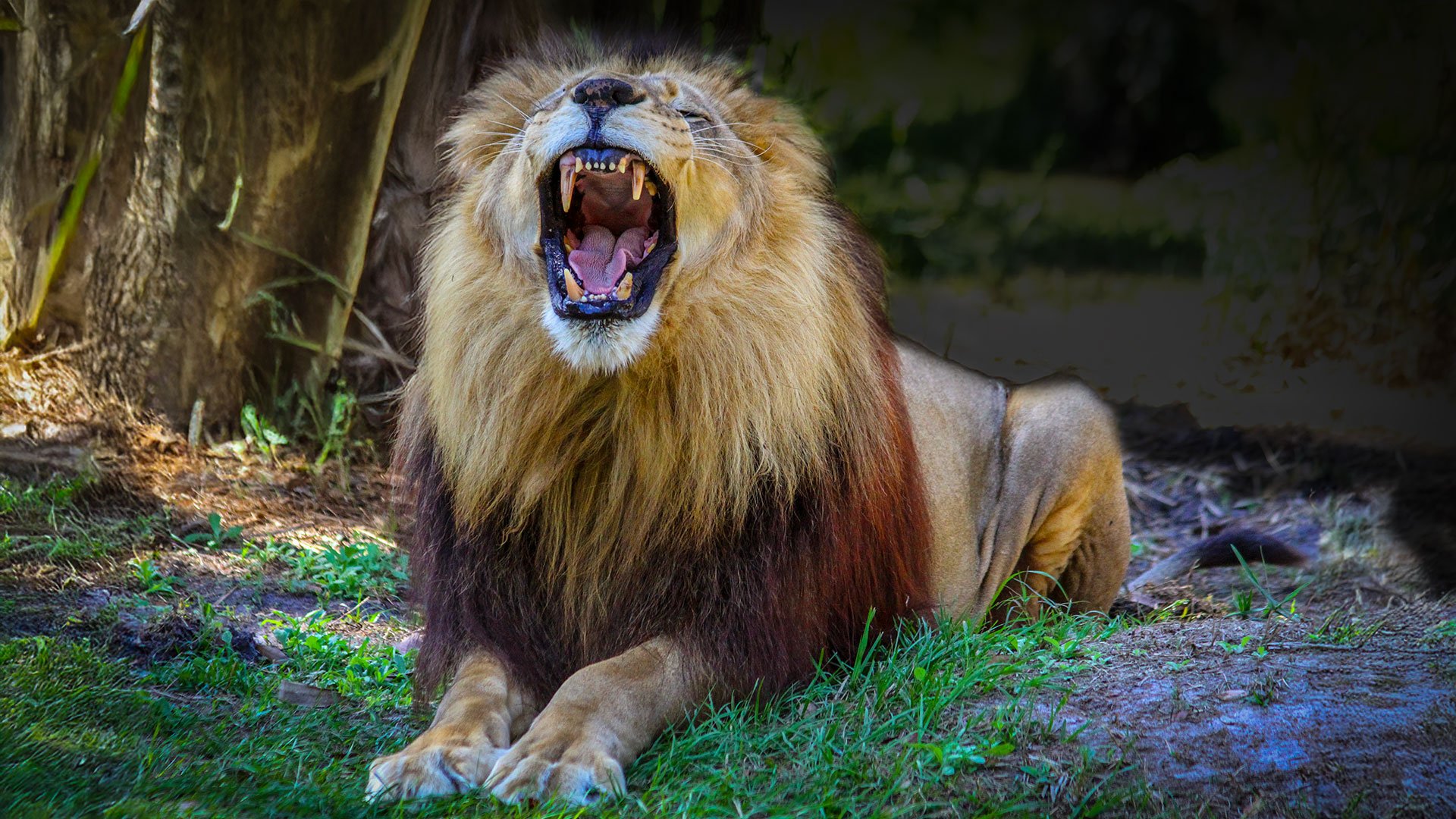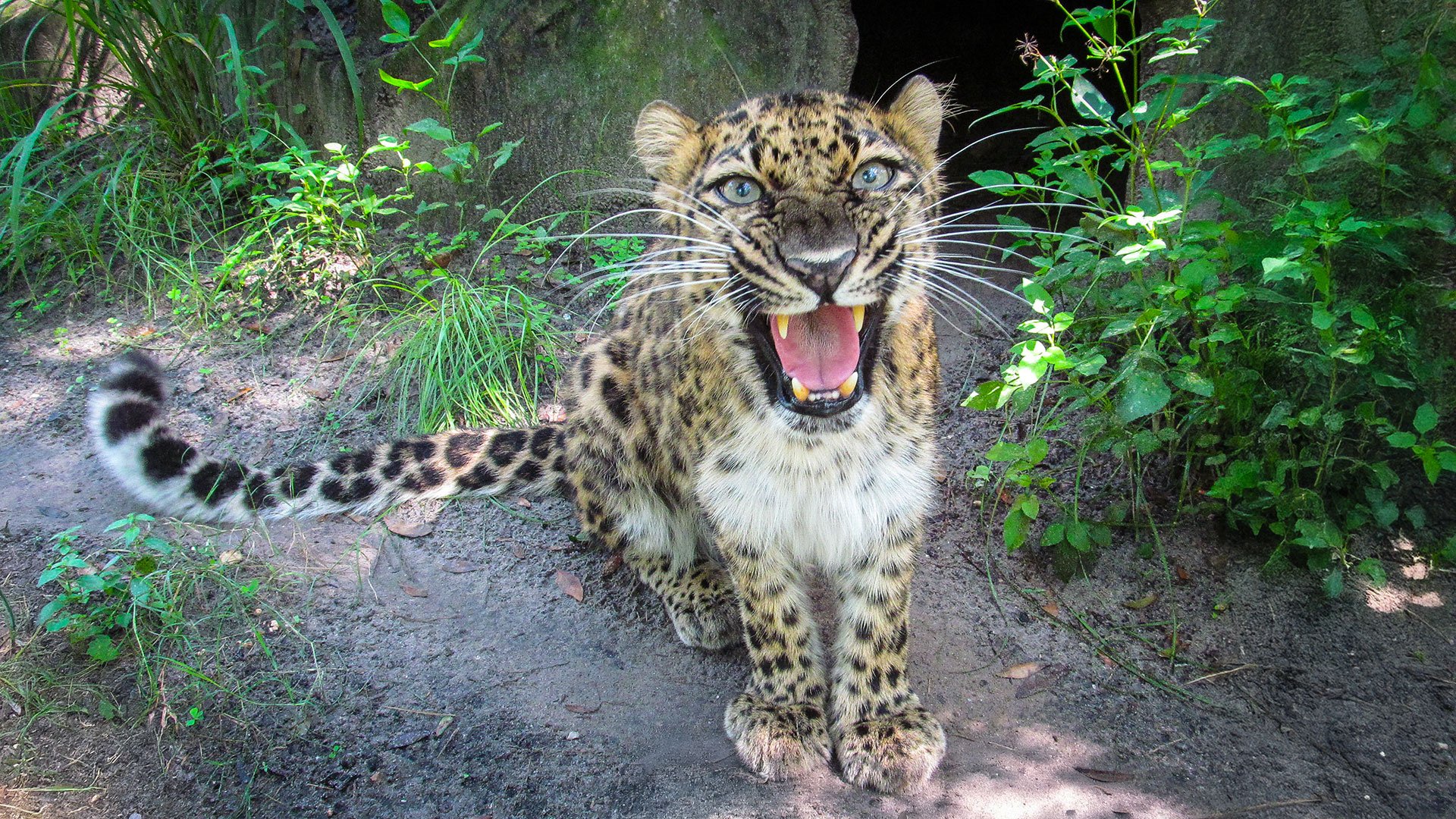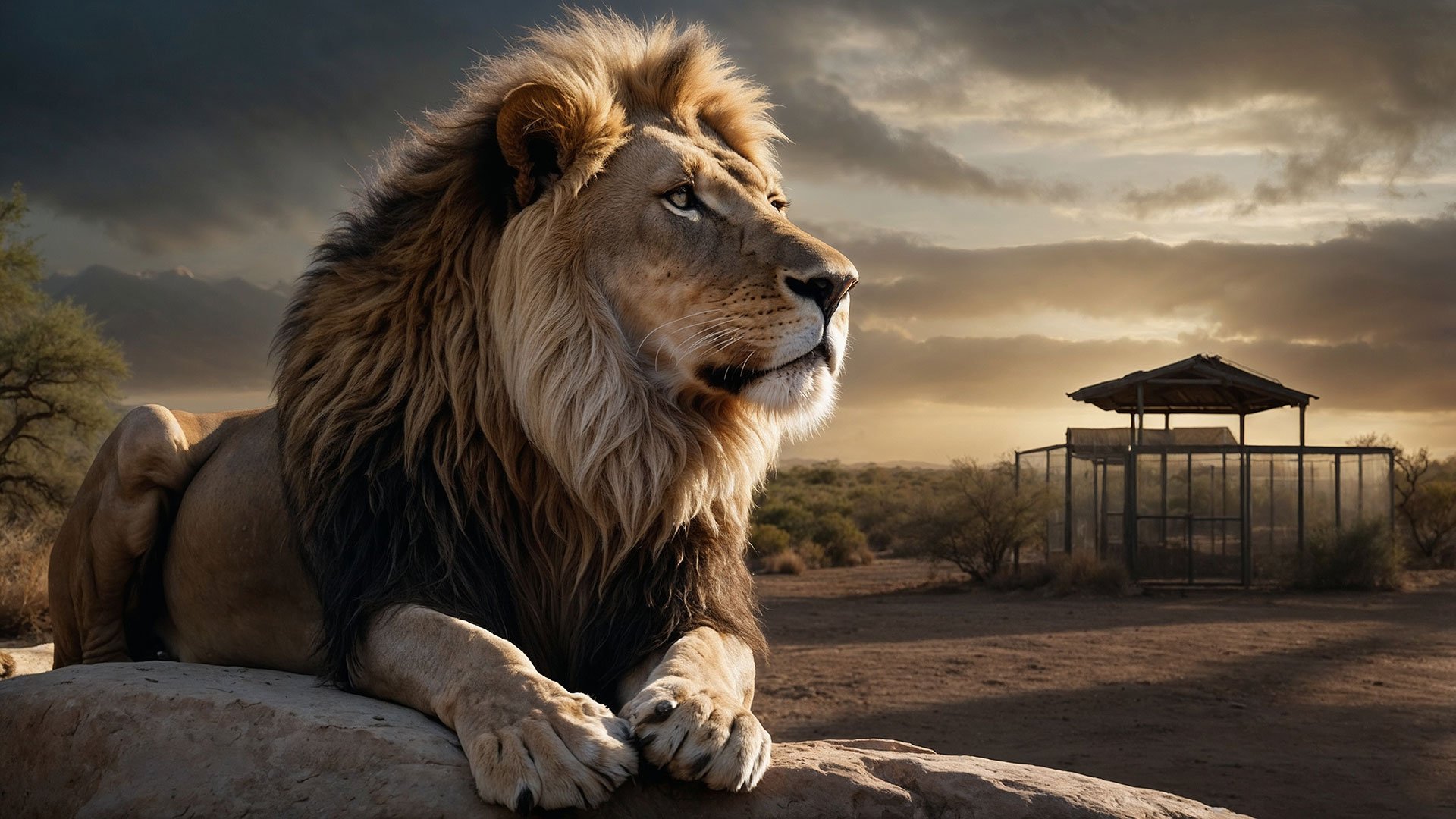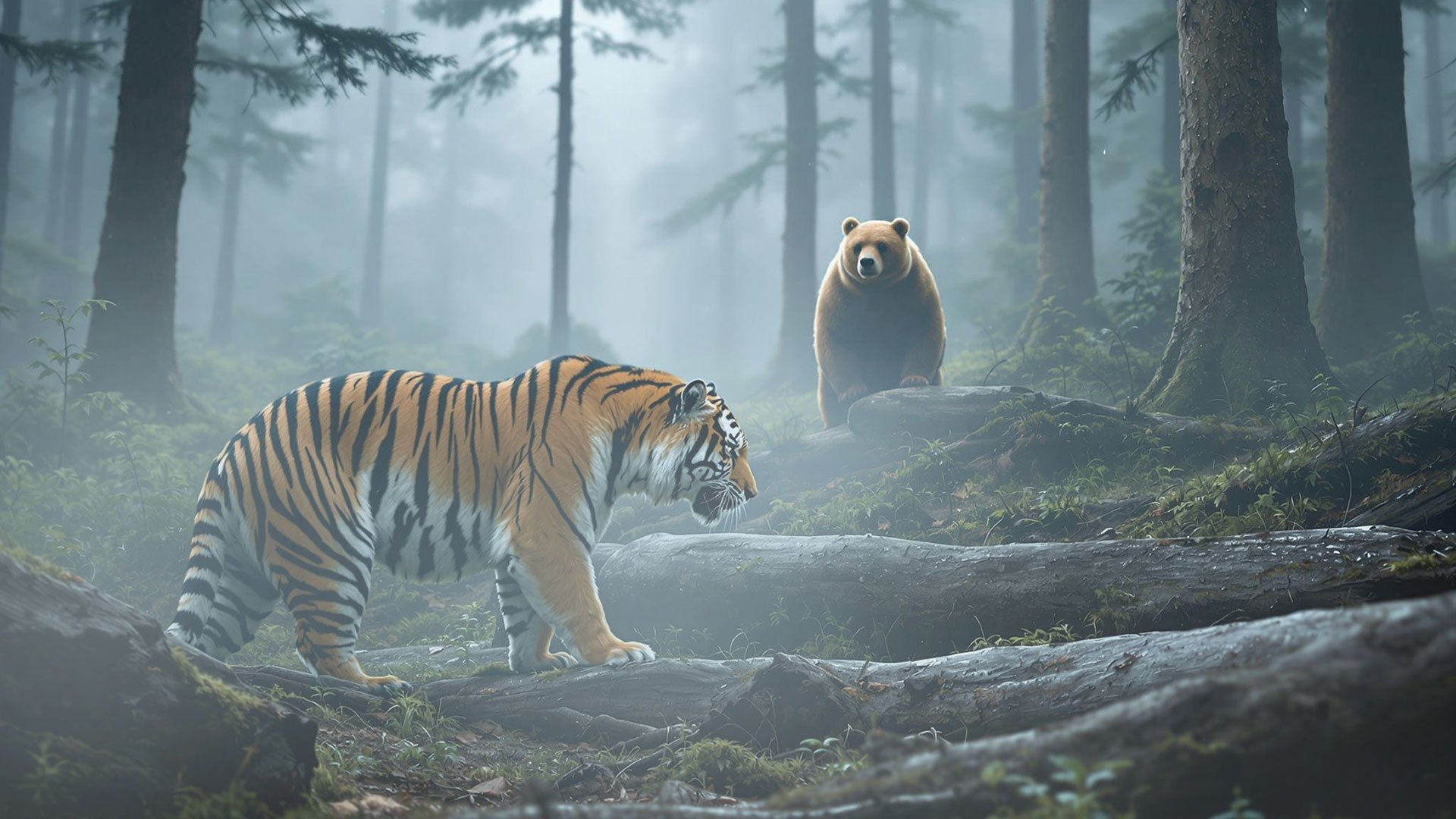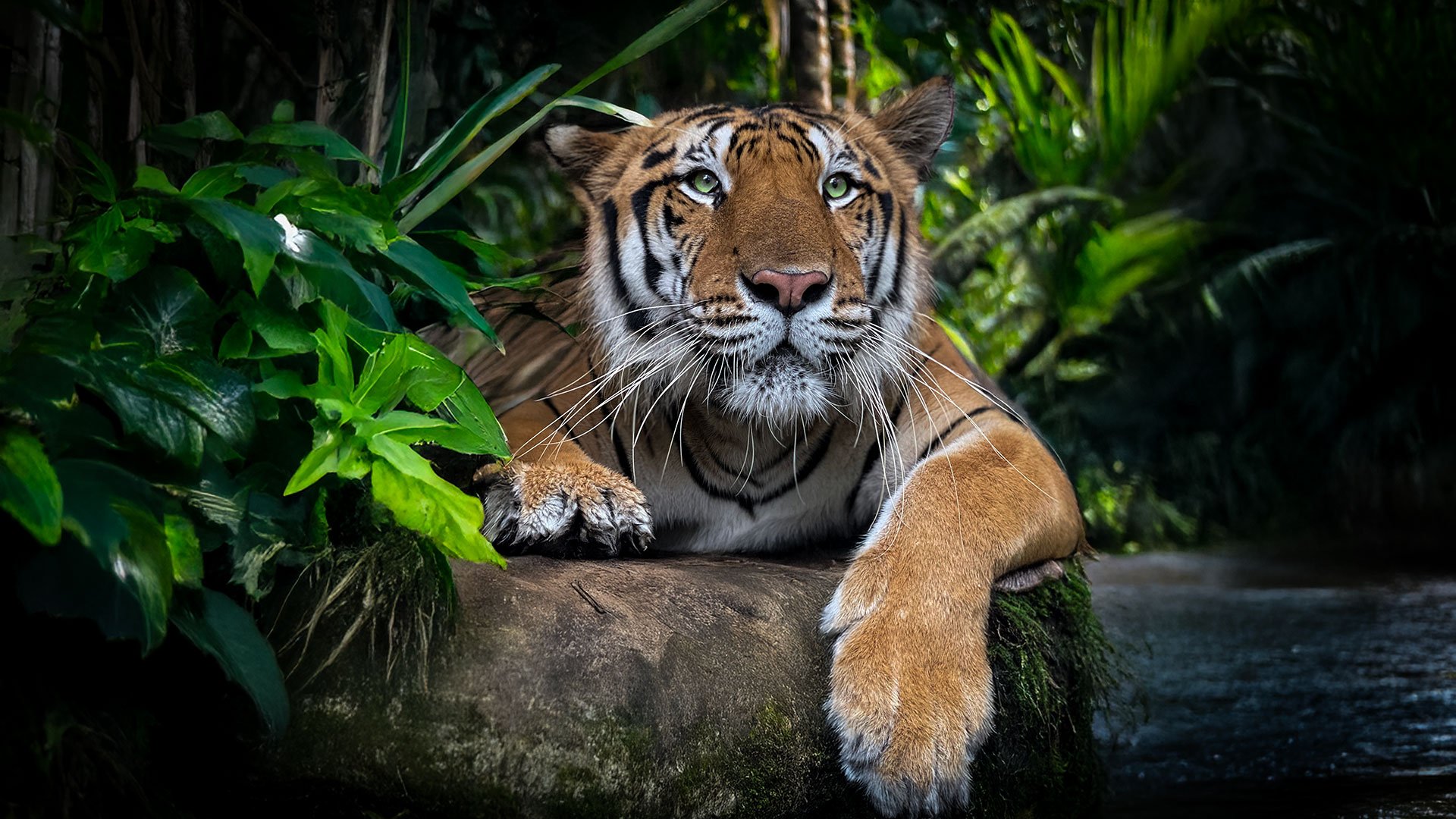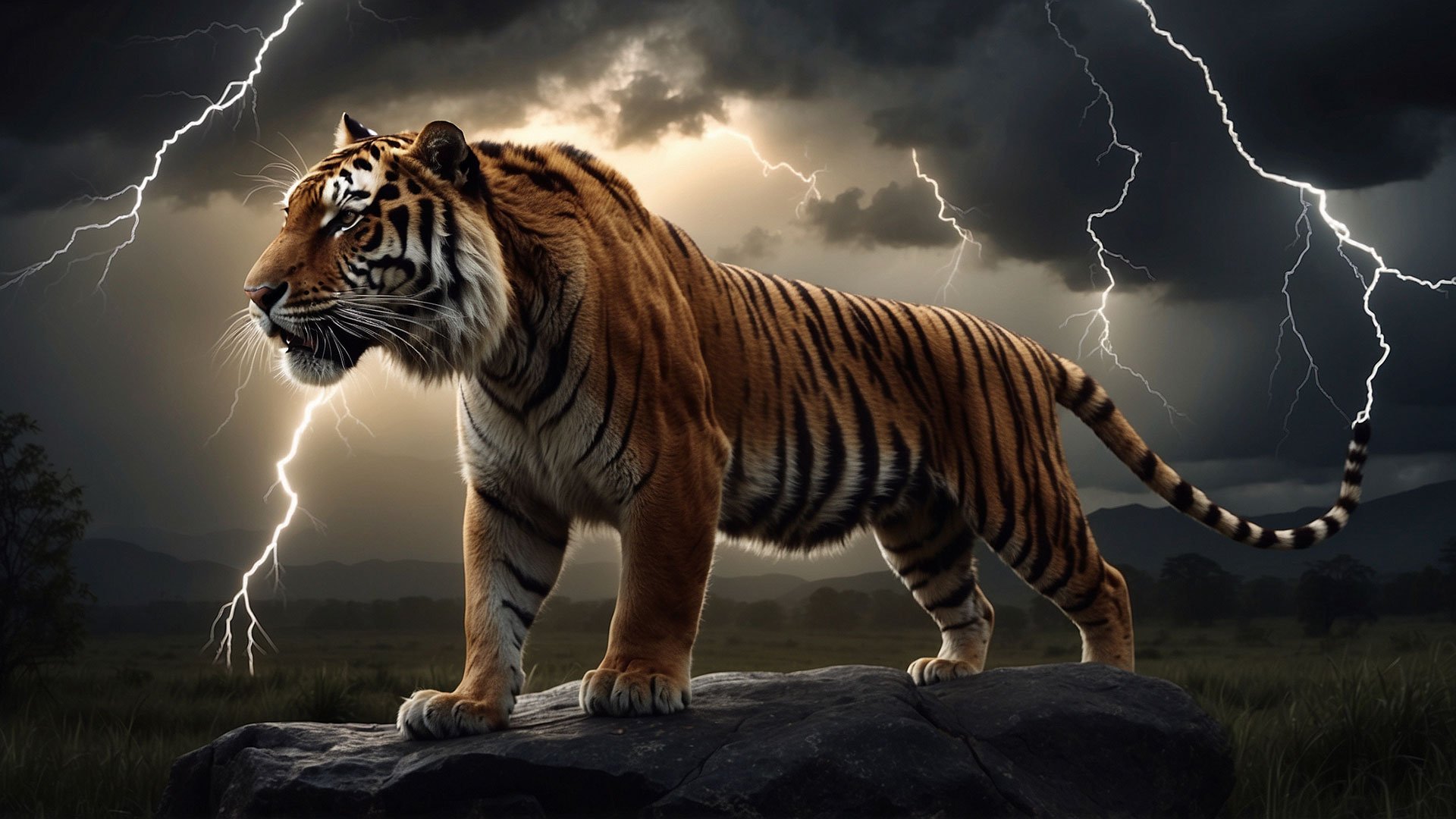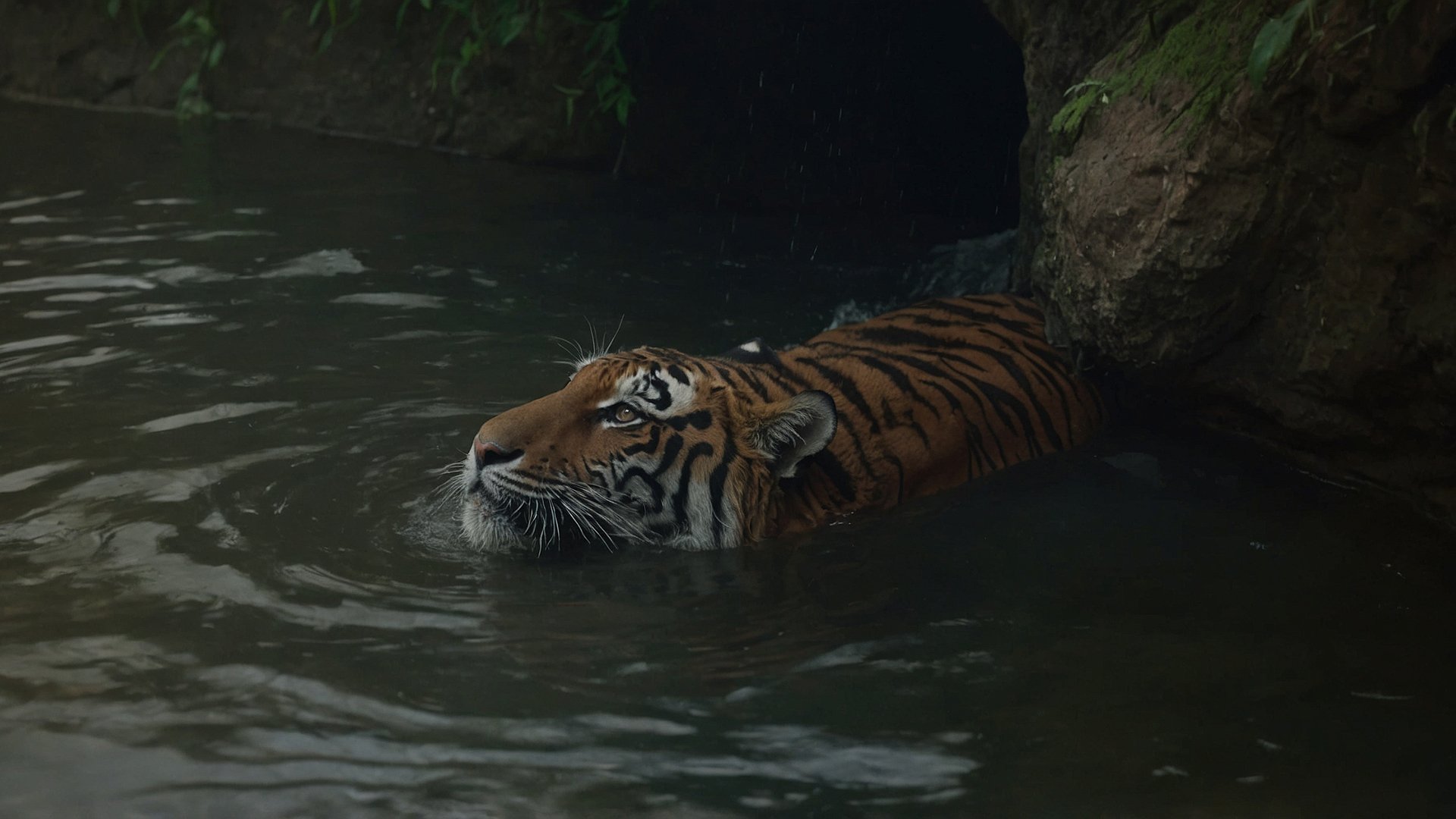Global Crackdown on Wildlife Trafficking: How You Can Help Save Big Cats and Preserve Our Planet
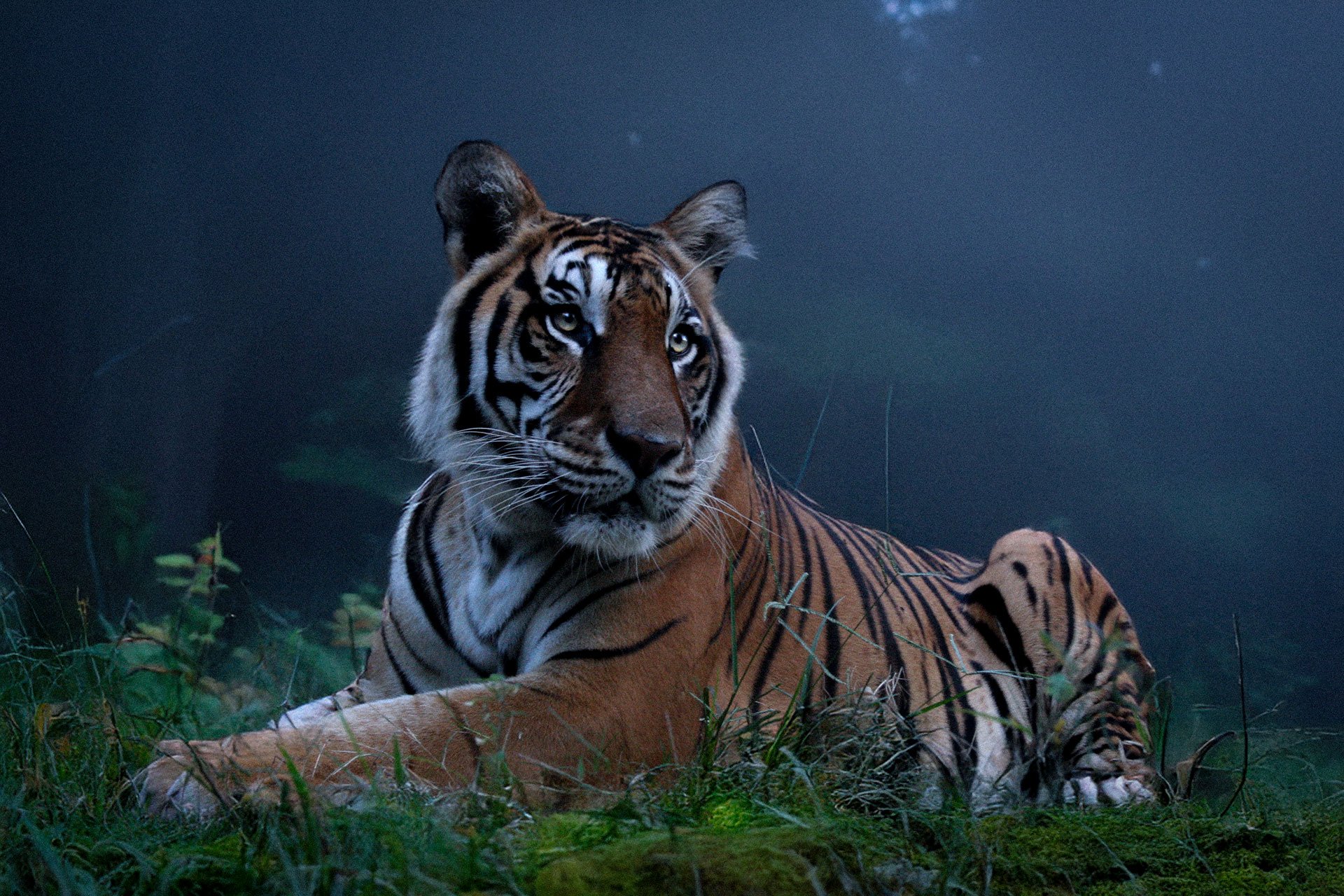
In a significant victory against illegal wildlife trafficking, a global operation has led to the seizure of nearly 20,000 live animals, including tiger cubs and songbirds. This crackdown underscores the persistent threat that wildlife trafficking poses to biodiversity and the health of our planet.
The Persistent Threat of Wildlife Trafficking
Despite international efforts spanning over two decades, wildlife trafficking remains a lucrative and pervasive criminal enterprise, affecting approximately 4,000 animal and plant species worldwide. The United Nations Office on Drugs and Crime (UNODC) reports that this illicit trade not only endangers species but also disrupts ecosystems, undermines local economies, and contributes to the spread of diseases.
The Role of Big Cats in Ecosystems
Big cats, such as tigers, lions, and leopards, play a crucial role in maintaining the balance of ecosystems. As apex predators, they regulate prey populations, which in turn influences vegetation and the overall health of the environment. The decline of big cat populations due to poaching and habitat loss can lead to overpopulation of certain species, resulting in habitat degradation and a decrease in biodiversity.
The Impact of Trafficking on Big Cats
The illegal trade in big cats and their parts remains a significant concern. A recent study highlighted that commercial fishing fleets are being used to smuggle poached tiger parts from Malaysia to Vietnam, exploiting maritime routes to evade detection. This method allows traffickers to transport larger quantities at lower costs, further threatening the already dwindling populations of species like the Malayan tiger, whose numbers have plummeted from an estimated 3,000 to just about 150 individuals.
The Broader Implications of Wildlife Trafficking
Beyond the immediate threat to individual species, wildlife trafficking has broader implications. It disrupts ecological balance, threatens food security, and can lead to the emergence of zoonotic diseases. Moreover, the illegal wildlife trade is often linked to other forms of organized crime, including drug trafficking and money laundering, further destabilizing regions and undermining governance.
How You Can Make a Difference
While the challenges are significant, there are ways each of us can contribute to combating wildlife trafficking and supporting conservation efforts:
Support Organizations Like Big Cat Rescue: By donating to reputable conservation organizations, you can directly contribute to the protection and rehabilitation of big cats and other endangered species. Donate Now!
Be an Informed Consumer: Avoid purchasing products made from endangered species or unsustainably sourced wildlife products.
Advocate for Stronger Legislation: Support policies and laws that aim to combat wildlife trafficking and protect natural habitats.
Raise Awareness: Educate others about the importance of wildlife conservation and the threats posed by illegal trafficking.
By taking these steps, we can work together to preserve biodiversity and ensure that future generations inherit a planet rich in wildlife and natural beauty.
Read more at: https://www.euronews.com/green/2025/02/04/tiger-cubs-to-songbirds-huge-global-wildlife-trafficking-crackdown-sees-20000-live-animals

